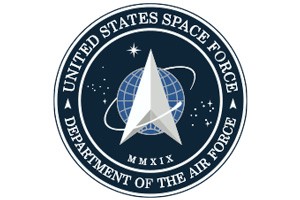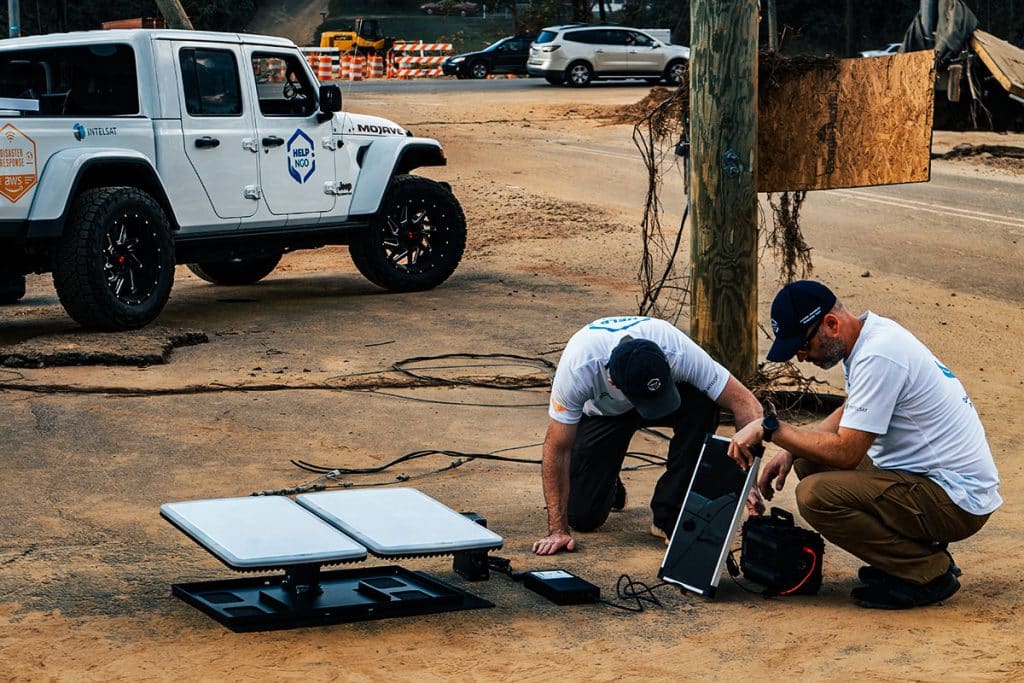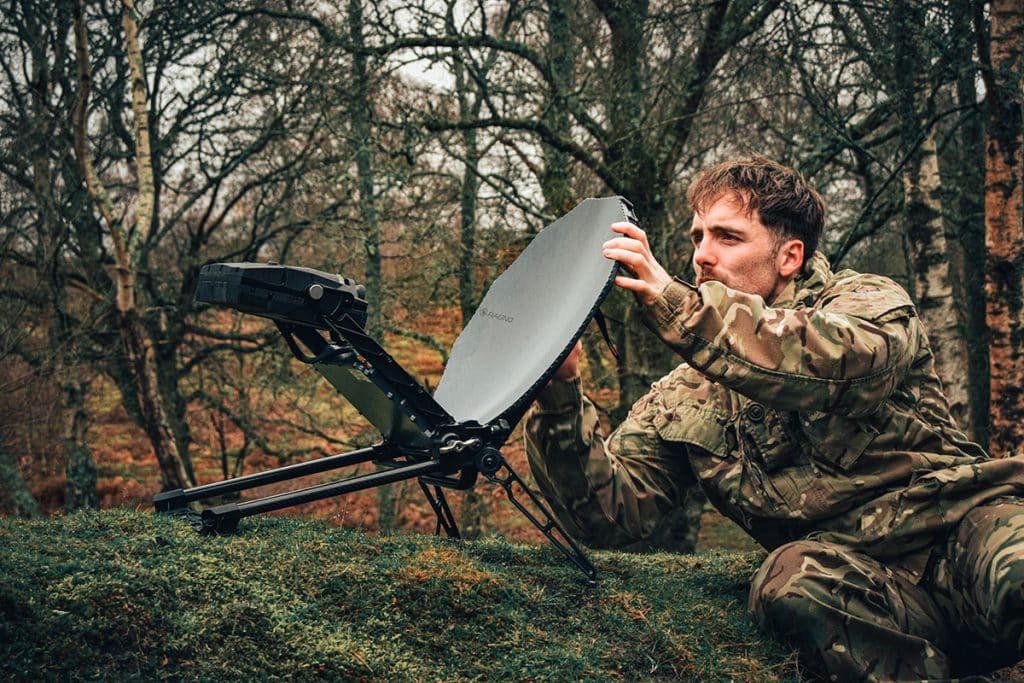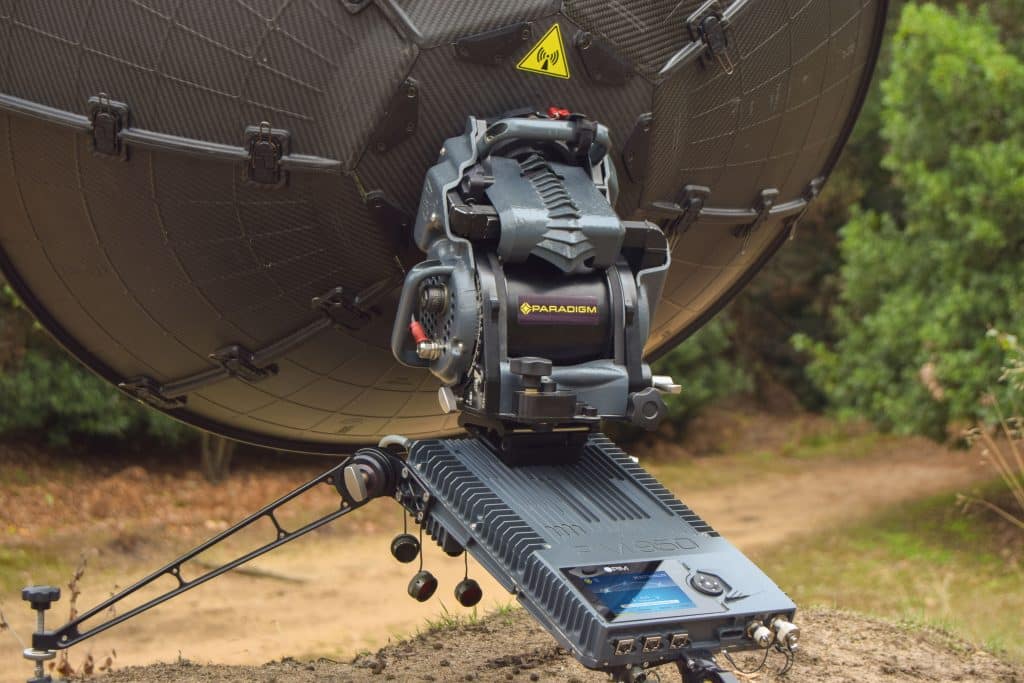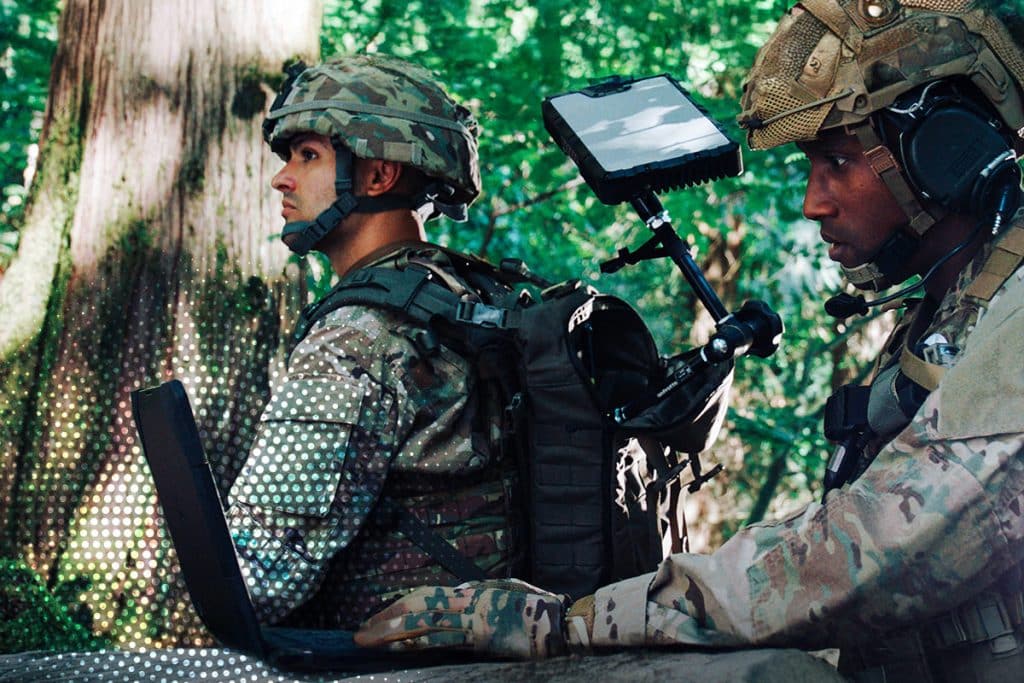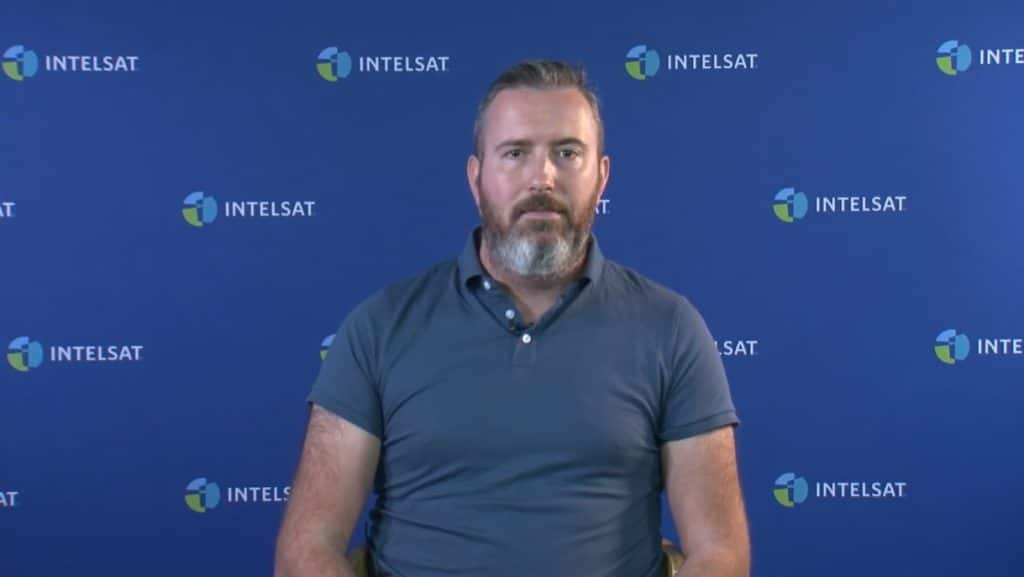President’s Day Reflection on Service and Space
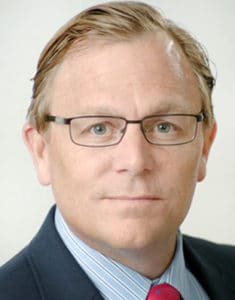
Since the launch of Sputnik by the Soviet Union in 1957, U.S. Presidents have set the agenda for America’s forays into space. There’s a clear line from President Kennedy’s push to get to the moon to President Trump’s establishment of a Space Force, shaping how we bring American scientific and engineering prowess to bear for technological supremacy.
President’s Day gives me an opportunity to appreciate Intelsat General’s government customers and the trust they put in my company. The space industry is going through an explosive period of innovation and growth, with commercial space assets accepted as part of the overall national space architecture. I’m proud of the way our company is continually finding new ways to extend next-generation satellite capabilities that support the missions of military and civilian governments globally.
Our partnership with the U.S. government runs long and deep. As one of the largest providers of communications services to the U.S. military, Intelsat recently carried the Super Bowl to over one million members of the U.S. armed forces and their families overseas. This is partially made possible by the $36B Intelsat has invested in building our C-band business over the last 40 years.
The establishment of the United States Space Force (USSF) is a historic opportunity to enhance government and private sector collaboration in space. Made possible through bipartisan cooperation and strong DoD leadership as well as the current administration, the USSF will make our nation’s Space Enterprise Vision (SEV) easier to implement. The SEV envisions an affordable, resilient space architecture that can overcome near-peer threats and protect American superiority in space-based capabilities.
Gen. Raymond was sworn in last month as the first Chief of Space Operations, the head of the USSF. Another leadership position that will be critical is the Assistant Secretary of the Air Force for Space Acquisition and Integration. This is the first time a single position holds responsibility for acquisition and integration efforts of the entire military space enterprise. The new position will work alongside General Raymond to oversee and direct existing military space programs. This Assistant Secretary role will be critical to applying budget dollars and translating policy into execution within the new USSF structure.
The great Presidents of the past would not believe what’s possible today because of space-based technology. But they would understand the need for a strong national defense and the need for the military to leverage commercial innovations quickly and efficiently. Today I look back with pride on a legacy of service in space and look forward with excitement about all that lies ahead.






